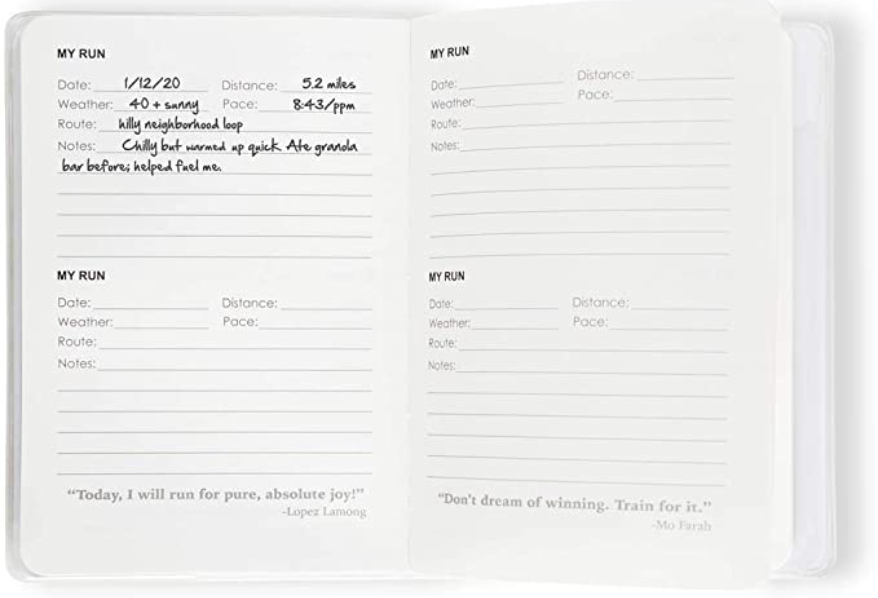Life can be a lot easier with some organization. Planners help us accomplish this. They are the ultimate tool to write down future goals, manage time, and organize our lives. There are countless benefits to using one.
You may think you don’t need one because you have a color-coded Google Calendar as I do, but there is something about a beautiful planner you can hold and write in. Isn’t there?!
But sometimes the idea of organizing a planner seems tedious to people – almost like it’s extra work, but it’s not! If you are one of those people who have no idea how planning actually works then don’t worry, I’ve got you covered and lots of options for a new planner too, if you need one.
I have compiled a list of 14 tips to organize your planner and your life, so by the time you’ve finished reading this blog post, you will have a new lease on organized life!
And no, I won’t get into the Erin Condren planner obsession, but I will link to my favorite one for $27 here on Amazon. It’s a budget book!
![]()
How To Organize Your Planner and Your Life in 14 Ways
1. Get the Right Planner for You
If you want to know how to organize your planner, then getting the right planner is the key and it’s your first step. There are so many to choose from – dotted page bullet journals, fully printed planners, motivational planners, exercise planners, etc.
Bullet journals become great planners for people who are creative and like to spend time doodling. Click here for my full list of favorite bullet journals if you’re a creative who likes to make planning fun.
If you are a full-time employee, business owner, student, or anyone who has a ton of tasks to plan, I suggest a printed planner and a Google calendar. (More on using a digital planner as a great way to save so much time in a bit.)
These planners have calendars, designated sections for each month and days of the week, a notes section, and more. As the structure is already laid out for you, planning your day becomes easier and faster. Here are some of my favorite planners on Amazon to help you ace your time management. Some of these are affiliate links.
Weekly & Monthly Planner with Colorful Tabs
Click here to buy it on Amazon for $12.

Weekly & Monthly Planner with Twin-Wire Binding
Click here to buy it on Amazon for $19.
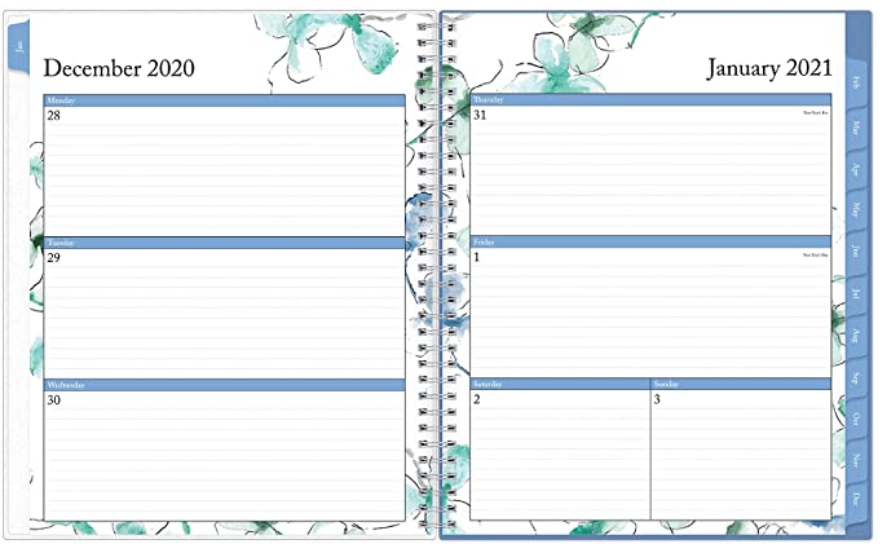
The Happy Planner Big Teacher Box Kit with a Teacher Organizer & Accessories
Click here to buy it on Amazon for $45.

Teacher Planner & Calendar with Lesson Plan Organizer
Click here to buy it on Amazon for $33.
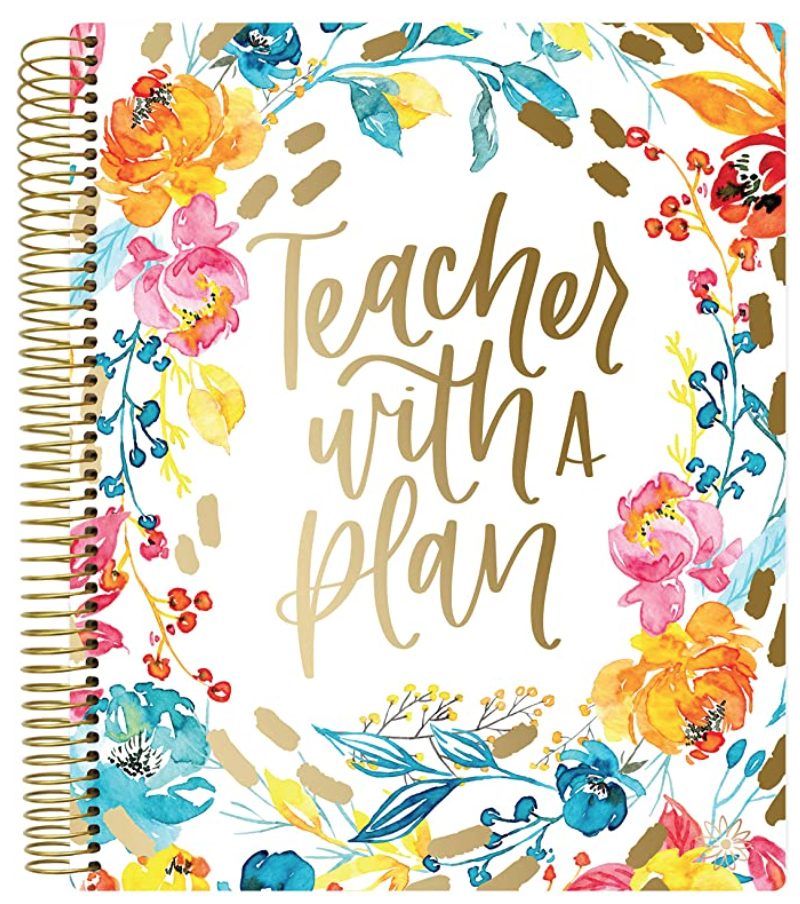
Day-by-Day Run Planner
Click here to buy it on Amazon for $20.
2. Use the Notepad App and Google Calendar
Trust me when I say this, your phone’s notepad app and Google Calendar (a great tool!) will save you time during planning. I use both of these along with a physical planner because they all serve different purposes but work very well together.
Before you even get your hands on your actual planner, note down the necessary details about your upcoming tasks, and goals throughout the day. I use it for spur-of-the-moment things, like a virtual sticky note.
I use Google Calendar to note events and deadlines with corresponding links and addresses. It’s also helpful that I can add other people to these events so they know where to be or where I’ll be (and that I’m busy, so “do not disturb”). This is also great for planning ahead and scheduling recurring events once, but they will show up multiple times, as the first Monday of every month, for example.
It takes only a few seconds to use both on a regular basis. Honestly, I’d be lost without my Google calendar, and my notes have all kinds of reminders. It’s like my ongoing list of things to do and the only way I take notes on the go.
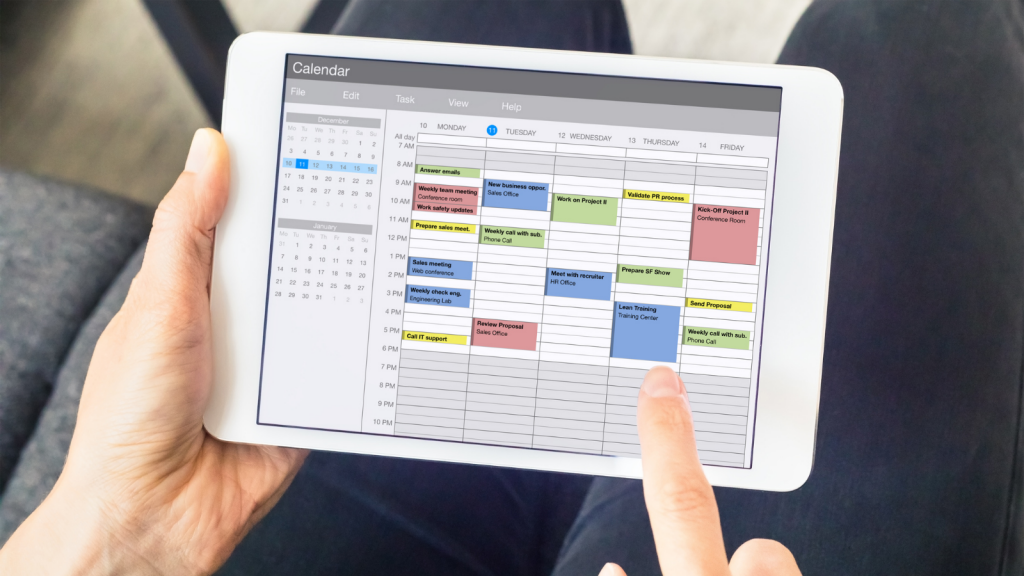
3. Schedule Events, Deadlines, & Appointments
One of the easiest ways to organize your life using a planner is by noting down all the necessary events, deadlines, and appointments. When I get a physical planner, this is something I do for the entire year first if the event is something that happens annually on a specific day.
If you have a test coming up or have to attend a zoom meeting, schedule it in your planner – both digitally and physically because it’s nice to be able to look at both no matter where you are.
You can write down other important dates like when bills are due when you plan on taking trips, anniversaries, birthdays, etc. I always give myself a two-week reminder for birthdays to buy and send a gift.
4. Daily & Weekly Task Lists
The daily tasks list offers you to schedule your short-term goals. This is something I reserve more for my physical planner than my Google calendar. My Google calendar blocks the time, but the planner I can look at right beside my computer breaks down the specifics of what I’m doing in that time.
If you are working on a specific project, you can write down the related tasks you want to finish that day, week, or even month. For example, if your goal is to edit a video for YouTube or post a specific blog by the end of the week, you can break down the tasks into small pieces to execute. Your daily tasks can be: recording or writing, then editing, followed by publishing, and finally promoting.
Creating a daily schedule with something you can check off each day will help you achieve your goals. It’s about staying organized and consistent. Planners help with that, as well as motivation.
And honestly, crossing things off your to-do list every day on weekly pages is the best feeling ever. My jam = a daily planner.
5. Monthly & Yearly Goals
Planners are more than reminders of important things to do. They serve as a reminder of plans that we want to accomplish for that day, week, month, quarter, but especially for that year.
At the start of every quarter, you should write down the long-term goals you want to accomplish. Your monthly and yearly goals can be related to anything from work, personal, to self-help. Write them on a separate page in your planner so that they are easier to find.
A great example of a quarterly goal can be losing or gaining a certain amount of weight, completing so many workouts, making a certain about of money, reading a specific number of books, etc.
By writing down the objective at the start of each quarter or month, you increase the chances of achieving it because you’ll be breaking it down to daily and weekly tasks as discussed in the point above.
6. Color Coordination
Oh – yes, I love this. Whether it be in the settings for Google Calendar or with a variety of pens on paper. Looking at a bunch of written notes is not pleasing to the eye. The best way to work around this is through color-coding. You can choose a color of your choice for each category like I do.
Make a color system as a reminder for what each color stands for. For example, if you have a project due for work, you can write it or highlight it in pink for the category. You can designate blue for family activities and yellow for learning.
7. Categorize Your To-Do Lists
When people first start planning their goals and tasks, they don’t know how to use a planner at all, because there are so many different planners and different ways to use them.
If your planner looks like a hodgepodge of tasks and lists of things to do, you need to categorize your to-do lists, goals, tasks, etc.
Check your task list and see what your daily activities are. Then create separate categories for each of those task types. These categories can be related to work, learning, family, fitness, etc. Anything that cannot fit in those categories goes into the miscellaneous side.
How do you visually categorize your task lists? There is no right or wrong way to do this – it’s whatever looks good and works well for you.
The first is to color coordinate each category. Then you can write or highlight the tasks using the assigned color pen for physical planners. This also works for digital planners as mentioned above.
For people who like to use their trusted black pen for everything, try this: Divide the page into three to four sections and use these columns for each category. Don’t forget to write down the name of the category on the top of each column.
You can also categorize your day. For example, I only record podcasts for Become a Media Maven on Tuesday. The list of how you can categorize your planner and your life is endless.
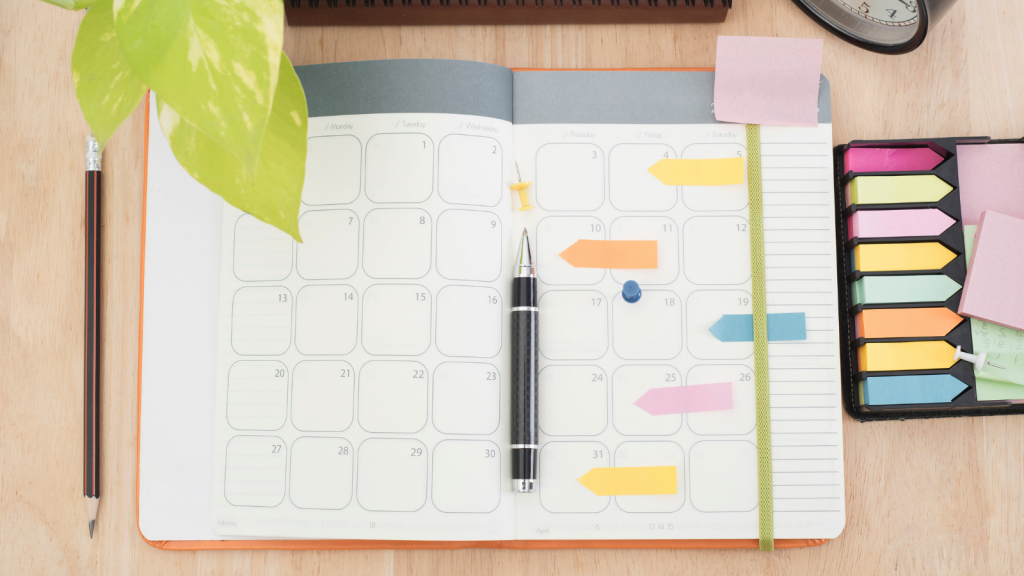
8. Make Sure Your Task List is Clear & Concise
To make your planner easy to read but even easier to execute, consider making your tasks easy to skim through by being clear and concise.
For example, if you have multiple house chores to do, writing “do chores” is not enough. It is too vague and easily forgettable. You also don’t want to write a paragraph as a to-do list. For example, writing “Vacuum the living room” or “clean the kid’s bathroom” will always work better than “do chores”.
You just need to write a little bit about the important tasks to complete. It leads to a lot.
9. Assign Time & Put Deadlines to Bigger Goals
Time limits are a great addition to your goal of organizing your day. Some of our tasks already have a deadline, like tasks related to work.
But if you are working on a personal project, it is important to assign yourself due dates or you may put it off. This planning strategy not only helps you organize your day but also motivates you to start and finish that specific thing you need to do.
We are all limited by time. If we are met with a planner that does not have a deadline, it can be easy to lose control of your day, week, or month. Tasks will be left uncompleted. In the worst case, some plans may have to be stretched to other days. This can make you fall behind schedule and give up on planning.
10. Pre-Plan Your Daily Goals
I’m a big believer in getting everything ready on Sunday evening to execute on Monday.
You might remember you need to do something in the middle of the day. Then, due to a lack of planning, you’ll run out of time or just postpone it. You can completely avoid this situation by dedicating just a few minutes to planning… and writing that down in your physical and/or digital planner.
Overall, it reduces stress and increases commitment. Before you start your week, and especially your day, you should pre-plan what you want to do.
The best time to plan your next day is at night before going to bed. Sunday (before I read a good book) is a big planning night for me. Get your planner and note down everything you need to get to tomorrow or the upcoming week. Don’t forget to check your phone’s notepad and Google calendar to see if you have anything specific to do tomorrow. For me, it’s usually a scheduled and reserved barre class.
11. Keep Everything in One Planner
As you can tell by now, there are so many options out there to keep track of all the things you have to do. It can get hectic if you have separate planners for different goals – work, finance, hobbies. So, what should you do?
Write everything down in one planner. I like to think of this as my master planner. For me, it’s Google Calendar. If it’s not in there, it’s not happening. Once it’s in there, each week, sometimes day, I copy the big things to my physical planner so I just need to glance to my side and I’ll know exactly what the day looks like. This is also where I can scribble down notes as my day goes on.
The good thing about technology is that everything syncs. So for example, if my business coach creates a calendar for our coaching calls and adds me to it, I can easily sync it to my Google Calendar so it acts as one planner. I don’t need to operate from more than one.
12. Use Page Divider
This next planner tip is related to the last one if you’re using a physical planner. If you decide to keep everything in one journal, it can get difficult to find specific sections when you need to.
You might have a daily calendar, a monthly calendar, and a list of goals or notes you want to easily flip back and forth between. You don’t want to end up wasting time finding the sections you need when you need them.
To avoid situations like these you can use page dividers. This way, you can easily hop to the section where you want to jot down a specific idea or goal quickly. Make this fun with a variety to choose from on Amazon. Personally, I like colored paper clips. Click here to buy all different colors and sizes for just $9 on Amazon.
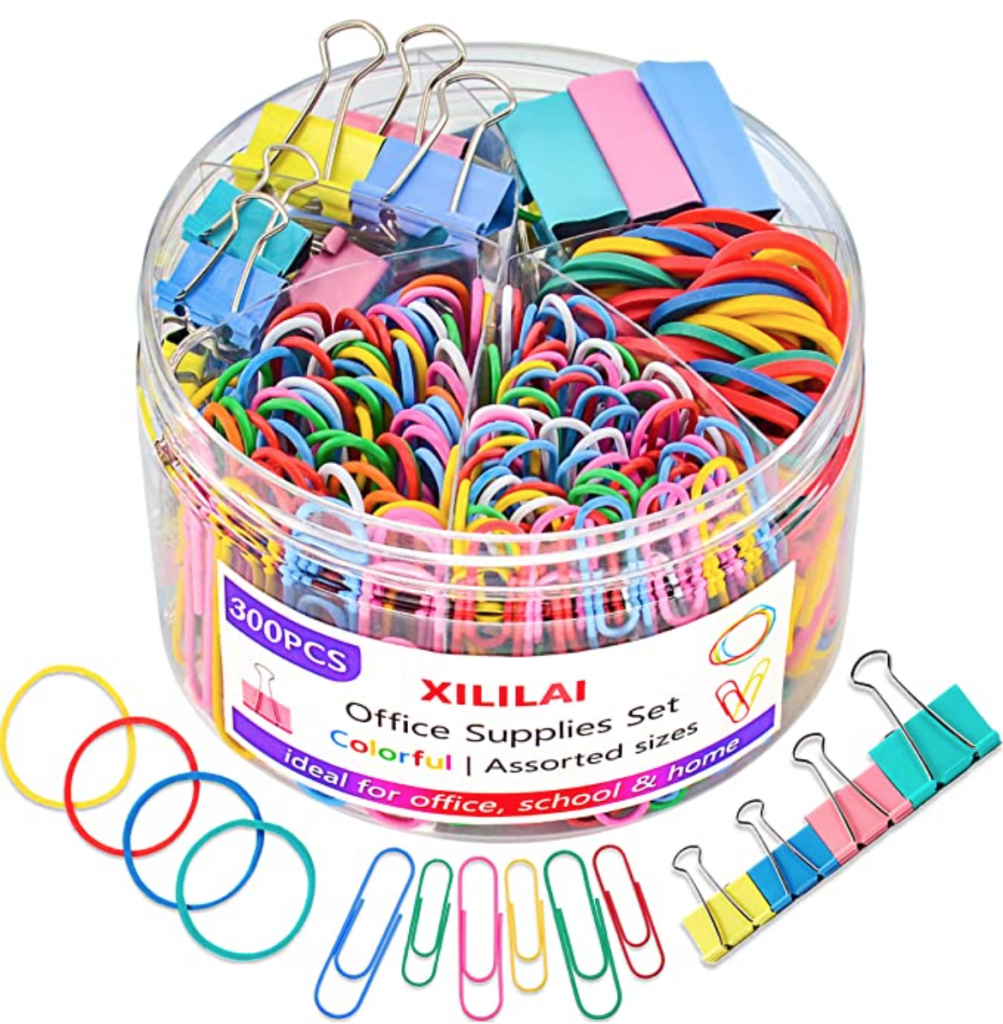
13. Use Stickers
By stickers, I don’t mean the one with emojis or flowers. Though you can use those, they don’t serve any practical purpose, but they sure do make planning fun. For more on making planning fun, click here for my list of favorite products.
You can find tons of functional stickers like the day of the week stickers, for example. These stickers highlight the specific sections and make it easier for you to find them in the journal.
Make planning fun with your own planner! (Obviously, this is for paper planners only!)
14. Use Sticky Notes
You can never go wrong with a good Post-It. This is my favorite pack that sells on Amazon for just $13.
You could stick notes to your computer or physical planner. The trick here is to use whatever is on the sticky note that day. If not, it’ll just be ignored because it’s sat there for so long that you’ve begun to overlook it.

Just like the notes app on your phone, this is great to jot down ideas or to remind yourself to Google that thing you just heard on a podcast.
This also keeps your planner clean of any scribbled notes, but they’re still there in the planner in a more removable manner, plus you’ll always have enough room for notes! If you’re anal like me about cleanliness and organization, you’ll appreciate this tip.
Organize Your Planner and Your Life
Organizing your planner will organize your life. This will alleviate stress and you will gain control of your day, week, month, and years to come.
Hopefully, with the tips I mentioned above on how to organize your planner, you can get an idea of how to start. With that said, never forget to schedule some “me time” in your otherwise busy day. I’m a big fan of self-care and want to remind you to not fit up your schedule with back-to-back appointments, meetings, and things to do. Allow for some gray area to just relax. Every day.
So, are you a day planner now? Before you know it, it will be part of your daily routine. Let me know how it’s going, Find me on social media at @ChristinaAllDay and tell me if you’ve created a master list of specific tasks yet, what daily steps you’re taking to become a planner person like me, and if you feel super accomplished at the end of the day, or even better, at the end of the month.
Good luck!

